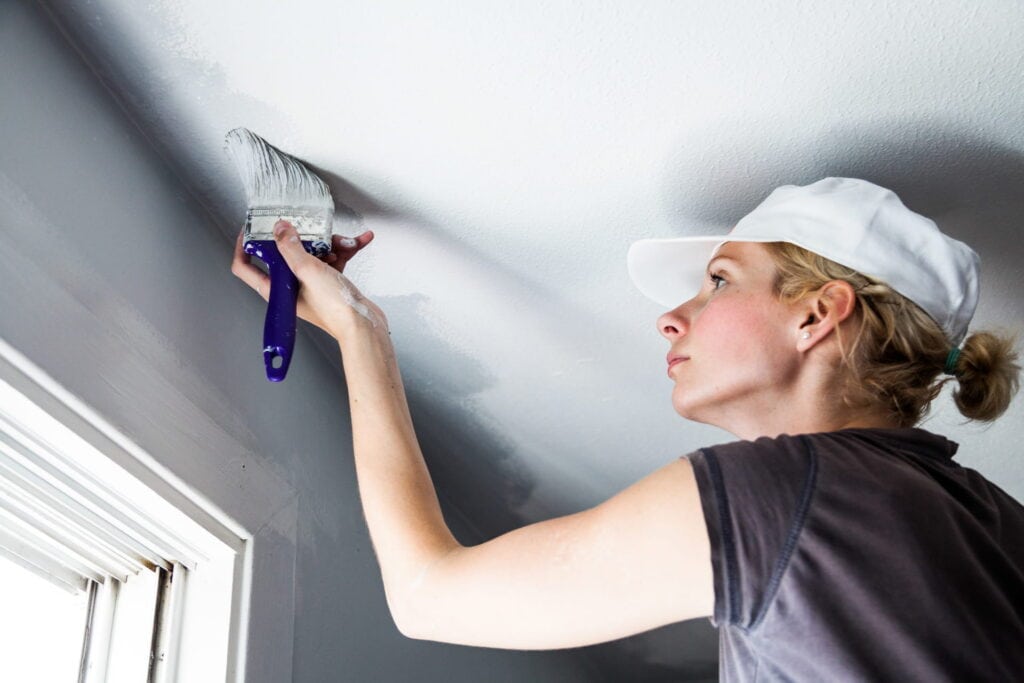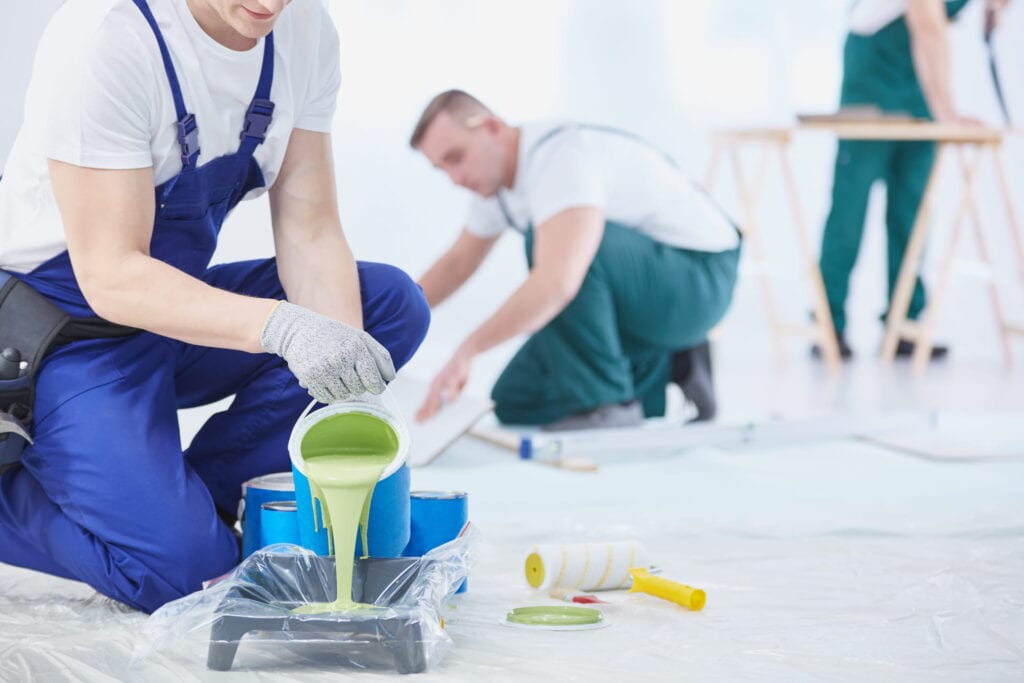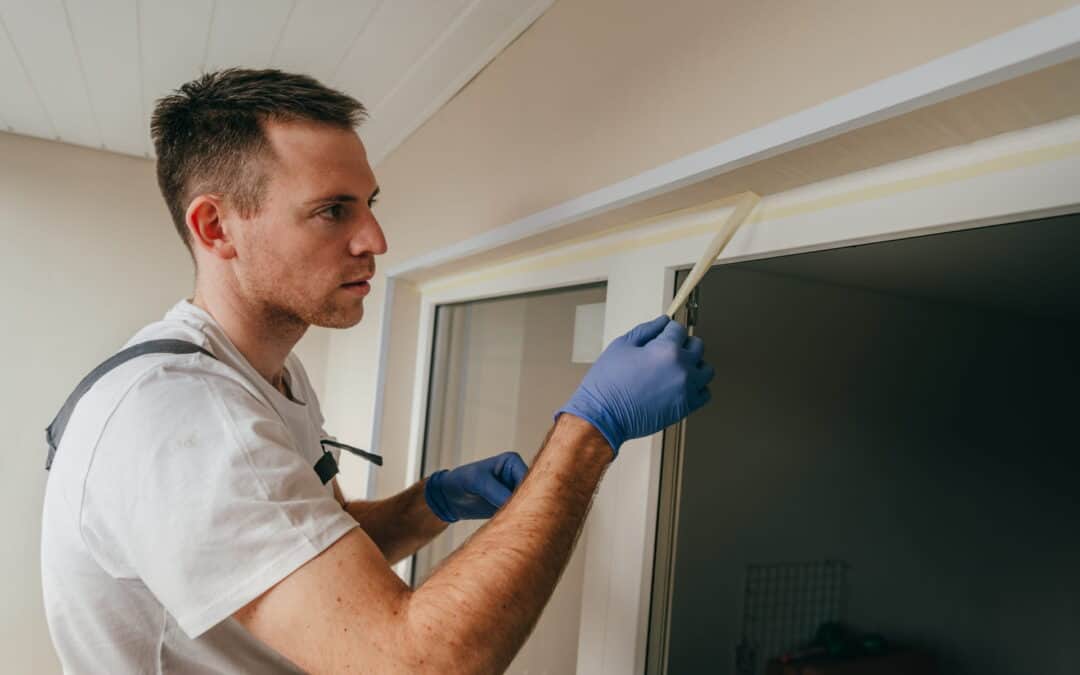Time is a crucial concern for anyone scheduling a painting project. A seasoned painter doesn’t just eyeball a room—they evaluate it. Estimating how long a job will take depends on a combination of surface conditions, environmental factors, and the complexity of the space itself. The team at Ponderosa Painting emphasizes that accuracy in scheduling comes from experience, planning, and recognizing where slowdowns are likely to happen.
1. Room Size and Design Complexity
Basic measurements don’t tell the whole story. The shape and structure of a room can either support or obstruct the painting process. Rooms with height changes, ornate trim, or segmented walls take longer to prep and coat.
-
Vaulted ceilings, beams, or soffits require additional ladder work and setup
-
Intricate woodwork, wainscoting, or baseboards call for precision and slower brushwork
-
Multi-use or open-concept spaces often take longer due to transitions and extra masking
Ponderosa Painting walks through every room in advance to account for layout-specific time needs and determine how access will affect workflow.
2. Wall Condition and Repair Requirements
Clean, undamaged walls offer the smoothest path to efficient painting. Surfaces that show wear, staining, or structural damage introduce delays. Prep time often outpaces application when problems are more than cosmetic.
-
Crumbling corners, exposed joints, or screw pops require filling and sanding before priming
-
Water stains or smoke discoloration must be sealed with the correct primer to avoid bleed-through
-
Glossy or improperly bonded paint must be scuffed or removed entirely for new layers to stick
Ponderosa Painting evaluates surface readiness room-by-room, identifying problem areas and planning for materials like bonding primers or patching compounds as needed.
3. Drying Time Between Coats
Paint doesn’t dry at a universal rate. Different products—and conditions—impact how long each layer takes to set. Drying time determines when painters can return for a second coat or final touch-ups.
-
Latex paints often dry to the touch within 90 minutes, but typically need 4–6 hours to recoat
-
Oil-based finishes dry slower, often taking 12 hours or more, especially in poorly ventilated areas
-
Rooms with limited airflow or excess humidity need added time between steps to prevent surface flaws
Ponderosa Painting uses air movement equipment and moisture meters in tight or damp areas to maintain steady progress.

4. Number of Coats for Proper Coverage
Achieving full, even coverage isn’t just about the paint’s quality. Substrate material, previous color, and sheen levels all factor into how many coats are necessary for a uniform result.
-
Changing from a dark base to a pale tone generally needs at least two coats and a base primer
-
Fresh plaster or drywall absorbs paint inconsistently, increasing the need for an additional layer
-
Switching from high-gloss to low-sheen surfaces often involves deglossing and a bonding coat
Ponderosa Painting tests areas during the first coat to evaluate whether an extra pass will be needed to ensure depth and consistency in color.
5. Paint Selection and Application Behavior
Different types of paint are formulated for varying conditions. The wrong choice can either delay a job or compromise the final appearance. Product thickness, drying speed, and finish all influence how efficiently painters can work.
-
Fast-drying paints accelerate turnaround but require careful technique to avoid lap marks
-
Satin and semi-gloss finishes reflect light and demand flawless prep to avoid highlighting defects
-
Mildew-resistant or exterior-grade paints often need slower, thicker applications for proper coverage
Ponderosa Painting selects products based on room function and substrate type, aiming to match drying time with job sequence while ensuring lasting performance.
6. Accessibility and Site Preparation
Clear paths, lighting, and work area space affect how smoothly a job unfolds. Cluttered or obstructed rooms limit mobility, cause delays in setup, and introduce risk to delicate surfaces.
-
Bulky furniture, electronics, or décor may require protective coverings or temporary relocation
-
Tight stairwells, narrow hallways, or awkward entry points slow down equipment staging
-
Poor lighting in interior rooms increases taping and edgework time due to visibility issues
Ponderosa Painting advises clients to declutter high-traffic zones and clear access paths before the crew arrives, saving time on both setup and cleanup.

7. Outdoor Conditions for Exterior Jobs
Weather controls much of the timing for exterior painting. Even when skies are clear, painters must consider humidity, surface temperature, and wind—all of which impact how paint performs outside.
-
Optimal conditions for exterior painting include 65–78°F temperatures with low wind and humidity
-
Strong sun exposure can cause paint to dry unevenly, while shaded areas may cure more slowly
-
Morning dew, unexpected rain, or cooler evenings may require rescheduling or reapplication
Ponderosa Painting uses weather tracking tools and surface thermometers to avoid common pitfalls and ensure each exterior coat bonds properly.
Key Takeaways for 7 Key Factors Professionals Review When Estimating Painting Timeframes
Painting timelines aren’t determined by guesswork—they’re shaped by practical realities like wall condition, drying time, room structure, and paint type. Ponderosa Painting builds every estimate after reviewing the details that matter most, reducing risk and increasing the chances of delivering a clean, efficient job. Awareness of these variables also helps property owners set informed expectations about their own projects.
Key Takeaways for How Painters Estimate Project Length
-
Room design and ceiling height affect setup time and access
-
Damaged or stained walls increase prep time significantly
-
Paint drying and curing vary with product type and room conditions
-
Color change and surface material determine how many coats are necessary
-
Weather, airflow, and moisture affect both indoor and outdoor scheduling
Frequently Asked Questions
Why do painters sometimes adjust their schedule mid-project?
Unforeseen surface damage, slow drying conditions, or weather shifts can require added prep or delayed coats.
Do all types of paint dry at the same speed?
No. Latex-based paints typically dry faster than oil-based or specialty coatings, but humidity and airflow matter just as much.
Can a homeowner help speed up the painting process?
Yes. Removing fragile items, improving airflow, and clearing space can make setup and application much quicker.
How much time is needed between coats indoors?
In average conditions, 4–6 hours between coats is typical for latex paint. Oil-based formulas may need overnight drying.
Is it ever too cold or too humid to paint outside?
Yes. Paint should not be applied below the manufacturer’s minimum temperature, and high humidity can prevent proper adhesion or cause streaking.







